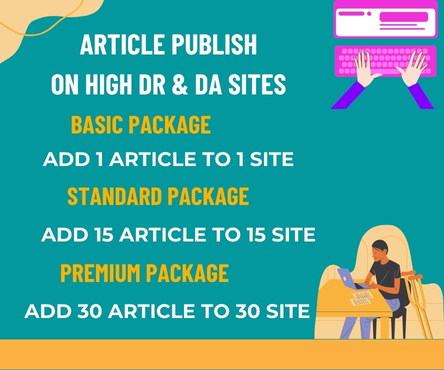A chipped or broken tooth can happen when you least expect it—biting into something hard, a fall, or even during sport. Whether the damage is minor or severe, knowing how to respond quickly can make all the difference in saving the tooth and preventing further complications.
Here’s a practical, step-by-step guide on what to do if you chip or break a tooth.
Step 1: Keep your composure while surveying the injury.
This simply means keeping calm and having a look at the details of the matter. A tooth may get chipped and can indicate small damage on the surface of the enamel, or maybe a break that is vastly exposing the insides of the tooth. If possible, check in the mirror and try to gauge how bad the deterioration is:
- Is it only a minor chip?
- Is there bleeding (also known as a lot of blood)?
- Is it both a jagged tooth and a tooth?
- Is it now loose and rough around the edges?
Step 2: Rinse Your Mouth
Warm water should be used to gently rinse your mouth and remove any visible particles. This step will improve the clarity of the injury and get rid of foreign materials and infections.
Step 3: Stop Any Bleeding
If there is bleeding from the mouth, stop it with a clean piece of gauze or cloth while applying gentle pressure for approximately 10 minutes until the bleeding stops. A cold cloth applied to the outer perimeter of the cheek will assist in minimising swelling and pain.
Step 4: Preserve Broken Pieces if That is Possible
If a part of your tooth has broken off, try to find it and store it in a clean container. Keep the fragment moist in milk or saline solution. In some cases, a dentist may be able to reattach it.
Step 5: Avoid Using the Damaged Tooth
Try not to chew with the injured tooth until you see a dentist. Avoid hot or cold food and drinks, as the exposed nerves may be sensitive to temperature.
Step 6: Take Over-the-Counter Pain Relief (If Needed)
If there is pain, consider taking paracetamol or ibuprofen, adhering to the dosage guidelines. Refrain from using aspirin, especially in the case of bleeding, since it thins the blood.
Step 7: Book an Emergency Dental Appointment
Contact your dentist as soon as possible. Most dental clinics in Australia facilitate emergency appointments, particularly for trauma cases such as broken or chipped teeth. Professional care as promptly as possible increases the possibility of saving the tooth.
Treatment Options Your Dentist May Offer
Depending on the severity of the damage, your dentist may recommend:
- Veneers or crowns for more serious cracks.
- Root canal therapy is needed if the pulp is exposed.
- Extraction in more severe cases where the tooth cannot be preserved.
Further Precautions to Avoid Damage
- Usage of a mouthguard during contact sports.
- Ceasing the habit of chewing hard lollies or ice.
- Discontinue the use of teeth as tools for opening packaging.
- Regular visits to the dentist help identify underlying issues and maintain dental hygiene.
Final Thoughts
A chipped or broken tooth may feel alarming, but with quick action and professional care, it can often be restored effectively.
Don’t avoid even minute chips—seeing a dentist lateral can make a difference. Don’t avoid even minute chips—seeing a dentist lateral can make a difference.

